
Lavoir at Run Losquet (Île Grande)
Pleumeur-Bodou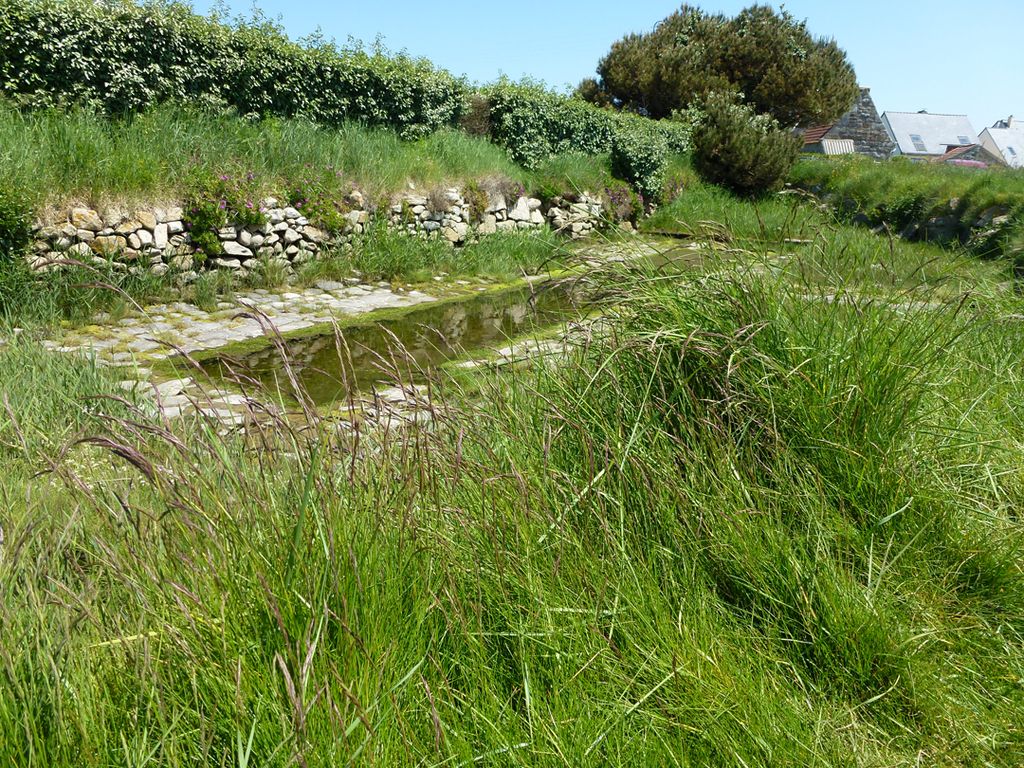
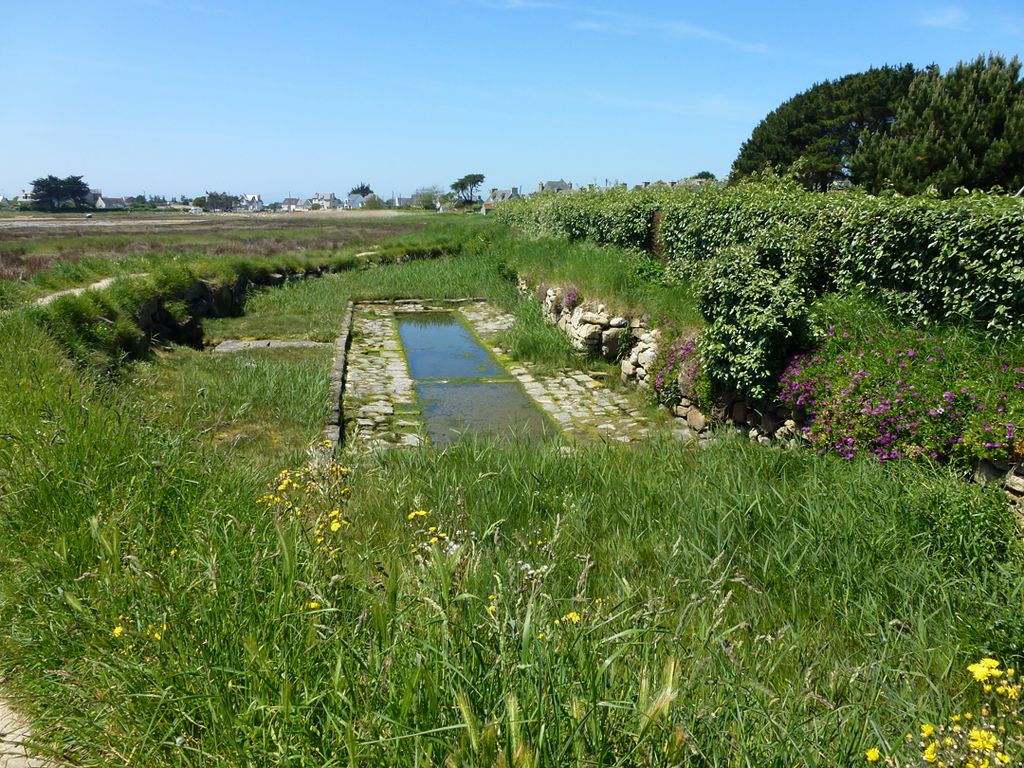
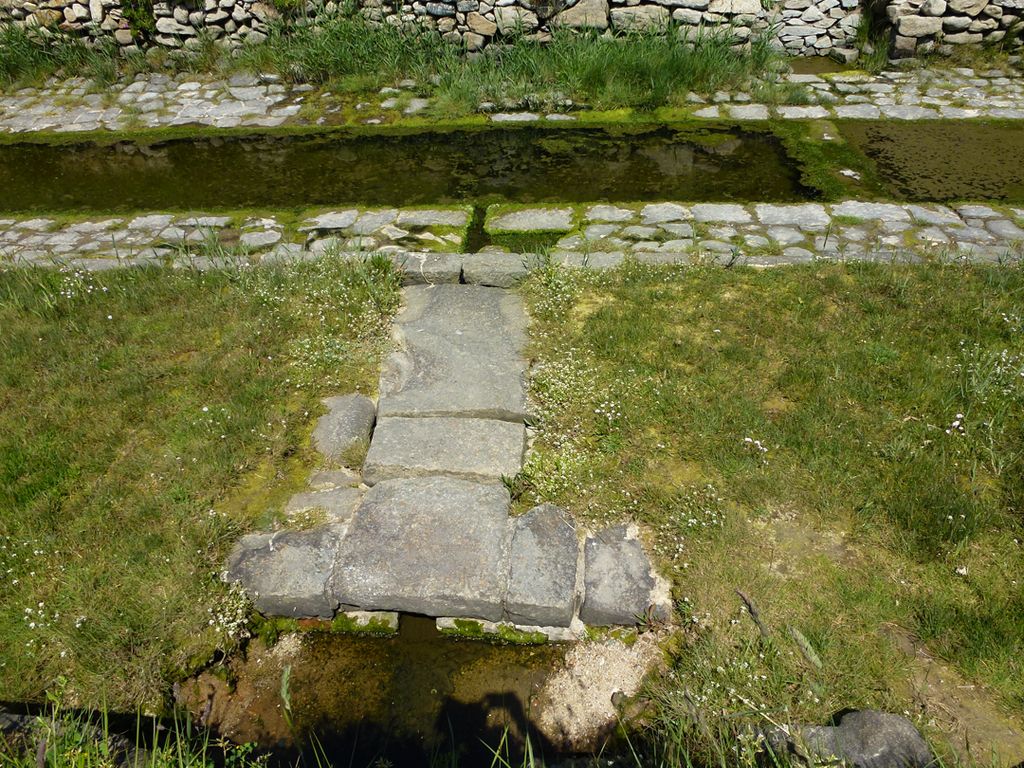
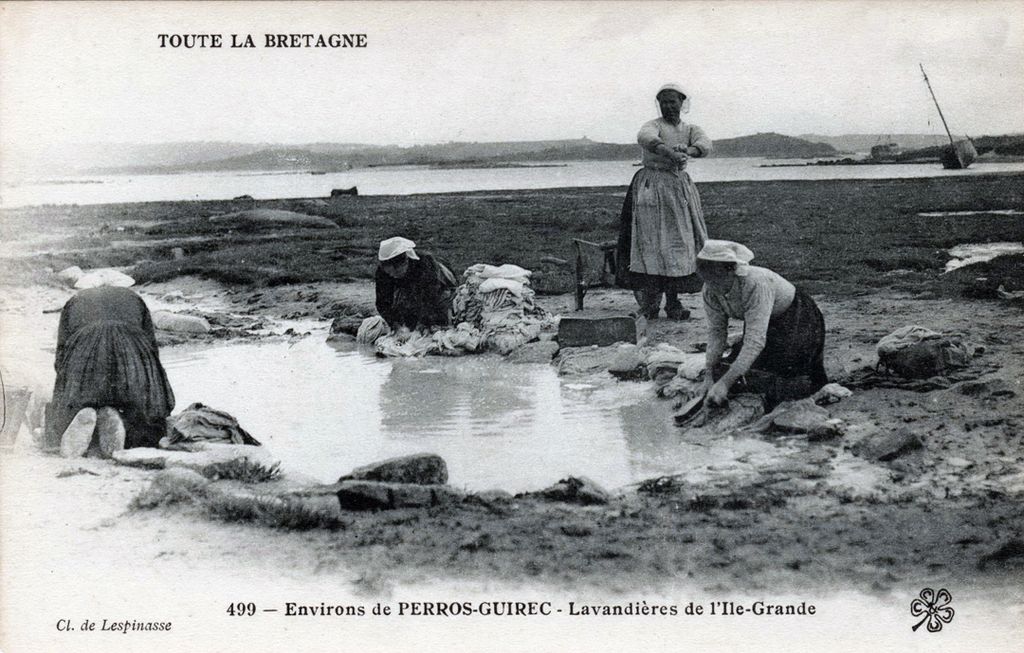
About
This large, traditional "lavoir" – an open-air pool or basin set aside for clothes to be washed – is located on Île Grande and dates from the nineteenth century. Two sources supply it and can be seen at the foot of the retaining wall. At spring tide, it was filled with seawater, but, very quickly, the salt water was replaced with freshwater and washing could resume. Opposite the wash-pool is the Toëno peninsula, whose contours have changed significantly as a result of quarry mining. You can see the traces of this activity at the old quarry sites.
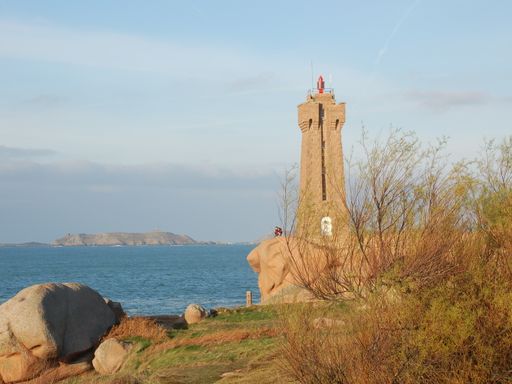

Ploumanac‘h lighthouse and rocks
Perros-Guirec
The pink granite lighthouse stands in the middle of the chaotic rock formations formed by the erosion of cooled magma then shaped by the rain, salty sea spray and wind. Its name, "phare de Mean Ruz",...  See
See


The marina (Trozoul)
Trébeurden
Several hundreds of millions of years old, granite is timeless. Even now, its high quality makes it a material of choice for many uses. The marine bears testament to this: its wall was built from...  See
See
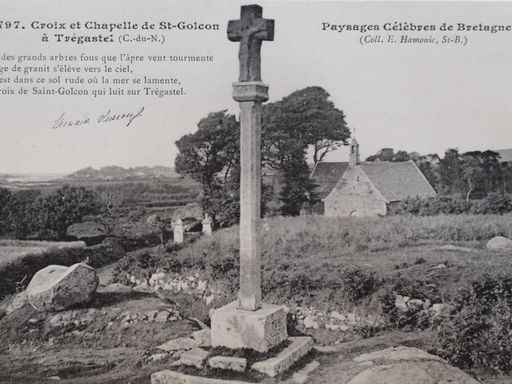

Golgon
Trégastel
In the sixteenth century, the lords of Lannion ordered the chapel to be built near to a sacred fountain. The building was enlarged at the start of the eighteenth century by the De Launay-Nevet...  See
See
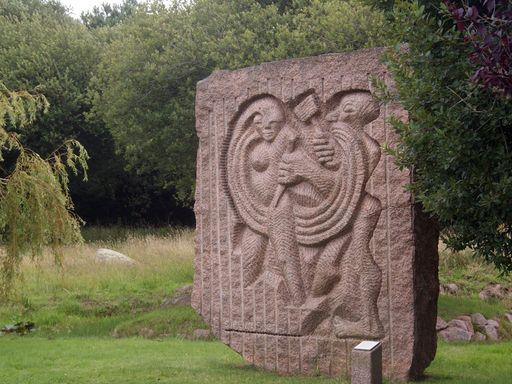

Christian Gad et Daniel Chee Park, and the Roche des Poètes
Perros-Guirec
This park is dedicated to the memory of two quarrymen and displays granite used in an unusual way. This noble material, the basis for unique poetic landscapes, has inspired many artists over the...  See
See



